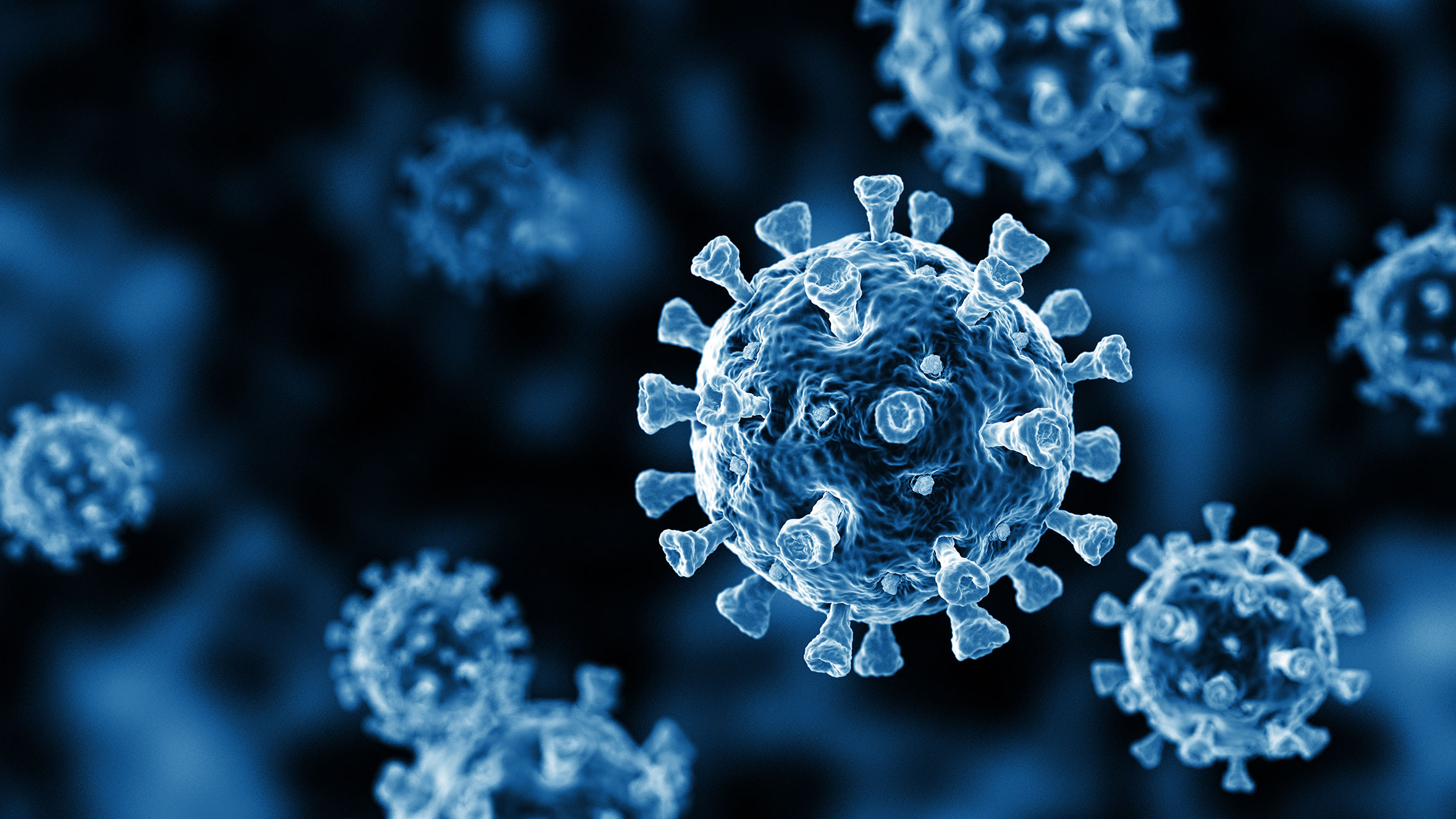Up to 15,000 Australians are expected to die of Covid this year, but an infectious diseases expert says that number is “way too high” and more should be done to encourage mask use and improve air quality.
Prof Margaret Hellard from the Burnet Institute has advised the federal and Victorian governments during the coronavirus pandemic. On Thursday, she warned the country was on track to have 10,000 to 15,000 Covid-19 deaths in 2022, which was far too many in her view.
“This kind of notion going around … that there’s nothing that we’ve got to add or to offer, and that things can’t be done, is incorrect,” Hellard told a Victorian parliamentary inquiry into the state’s pandemic orders. “The current level of vaccination is not high enough.”
Hellard said if Australia reduced Covid-19 transmission by 20%, more than 2,000 lives could be saved. She said rather than society accepting the new “Covid normal”, authorities needed to pursue measures to minimize virus cases and deaths, including reintroducing masks in enclosed spaces, prioritizing air quality, boosting vaccination coverage, and maintaining virus testing and isolation.
However, the director of Doherty Epidemiology, Prof Jodie McVernon, told the inquiry on Thursday that if it weren’t for the availability of vaccines in Australia, deaths would have been catastrophic, and there would have been “explosive” events like those seen in the US, India, and the UK.
Australia could have seen “ice rinks being repurposed as morgues, refrigerator trucks backed up to hospitals [like] in New York, yet we experienced none of that level of tragedy and severity,” McVernon said.
Asked by the inquiry if pandemic orders should be extended, she said the current mix of high vaccination and infection rates meant “we’re largely resilient.” She noted further measures must be “reasonable and proportionate,” but added variants could be a “wildcard”.

“What are they [public health measures] in place to prevent?” she said. “If it is a severe disease, we believe the current level of immunity reasonably well serves our population to help prevent some of those worst outcomes.”
Leading epidemiologist Prof Allen Cheng has a similar view to McVernon, telling Guardian Australia: “It’s one thing to say we’d like to reduce transmission … but the real question is what is proportionate and would have community support”.
“I agree with recommending masks in public indoor settings but don’t think it’s proportionate to mandate it,” Cheng said on Thursday.
On vaccines, he said, “third dose coverage isn’t optimal,” but it was high in the vulnerable elderly population, and infection from Covid added to levels of protection in Australia.
“Antivirals are another measure that could reduce mortality, though prevention is always better,” he said.
Dr. Nusrat Homaira, a respiratory epidemiologist at the University of NSW in Sydney, said Australia’s vaccination rate was “excellent,” but there needed to be more focus on increasing booster shots among the vulnerable.
Homaira said she still wore a mask in crowded enclosed spaces but was “not sure” mandates were the answer.
“People just want to get back to normal life. It’s not that I don’t understand that, but we also need to understand that we are in the middle of winter, and we have a very cold winter this year, which means more people are indoors, and there is more opportunity for more transmission.”
Hellard told the inquiry that “modeling clearly shows that ongoing testing and isolation is [still] important”.
“[Burnet’s] optimized study shows the public … are happy to have ongoing regulation of the fact that if you have Covid, you need to stay at home, and if you’re a contact, to have measures of testing and the like.”
She said Australia needed a clear definition of success in the context of pandemic control. That would be initially based on case numbers, health service capacity, Covid-related deaths, and social and economic disruption.
“We need to consider whether we should have trigger thresholds,” Hellard said.
“They might be nationally agreed trigger thresholds that require jurisdictions to implement public health measures that acutely reduce transmission and case numbers. This has been effective in several countries.”
Dr. Omar Khorshid, the president of the Australian Medical Association (AMA), said on Thursday “governments need to accept” the pandemic was not over.
“It may mean the need to reassess the place of masks in society, whether they be mandates or recommendations,” he said.
“Australians want to move on, we want to take the masks off, but the impact of Covid on our society is enormous. It is affecting not just healthcare but many other industries, with absenteeism at record rates. We need to understand what it means to model it and give clear instructions, even if that means returning to wearing masks.”
Meanwhile, research shows about 20,000 fewer Australians were admitted to hospital with injuries during the early stages of the pandemic as restrictions curbed movement.
The Australian Institute of Health and Welfare report showed that injury-related hospitalizations fell by 14.3% between March and May 2020 compared with the previous year.
TFew people werehurt at schools, sporting areas, and industrial or construction sites, while, as expected, the number of home injuries rose by 8.5%.












